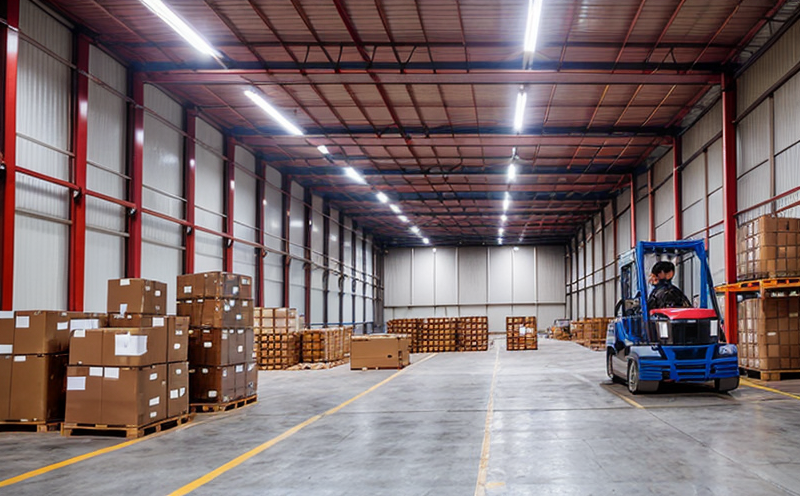ISO 2233 Conditioning of Packaging for Testing
The ISO 2233 standard specifies the procedures and conditions required to condition packaging materials before they undergo testing. This is crucial because packaging material properties can vary significantly with environmental conditions such as temperature, humidity, and atmospheric pressure. Proper conditioning ensures that test results accurately reflect the real-world performance of the packaging under specified storage or transport conditions.
Understanding this standard helps quality managers ensure compliance with international standards while also optimizing supply chain efficiency by preventing unnecessary rejections due to non-conditioned samples. Compliance officers can leverage ISO 2233 to maintain a consistent process across global operations, ensuring that all packaging undergoes the same conditioning regime before testing.
R&D engineers benefit from this standard as they can design more effective and reliable packaging solutions by knowing exactly how their materials will behave under various environmental conditions. For procurement professionals, it ensures that purchased materials meet specified performance criteria, thus improving overall product quality.
The conditioning process involves placing the packaging in a controlled environment for a specific duration to achieve stable material properties before testing. The conditions are typically set based on the intended storage or transport conditions of the packaged goods. This ensures that any changes observed during testing can be attributed to intrinsic material properties rather than external factors.
The standard also specifies how to document and report the conditioning process, which is important for traceability and compliance purposes. It emphasizes the importance of accurate record-keeping to ensure consistency in test results across different facilities or over time.
| Standard Code | Title |
|---|---|
| ISO 2233:2015 | Conditioning of Packaging for Testing |
- This standard is essential for ensuring that packaging materials are in a stable condition before undergoing mechanical, thermal, or environmental stress tests.
- The conditioning process helps eliminate variability due to environmental factors, leading to more reliable and reproducible test results.
Applied Standards
The ISO 2233 standard is primarily applied in the industrial manufacturing sector for testing packaging materials. It ensures that all specimens are conditioned under controlled environmental conditions before being subjected to various tests that assess their durability, integrity, and performance.
| Standard Code | Title |
|---|---|
| ISO 2233:2015 | Conditioning of Packaging for Testing |
Why Choose This Test
- Achieves consistent test results by conditioning packaging materials under controlled environmental conditions.
- Ensures compliance with international standards, enhancing the credibility of your testing process.
- Promotes reliability and repeatability in packaging performance assessments.
- Reduces variability due to external factors, leading to more accurate and trustworthy test outcomes.
International Acceptance and Recognition
- The ISO 2233 standard is widely recognized in the global manufacturing industry for its role in ensuring consistent packaging quality.
- Many international regulatory bodies accept tests conducted according to this standard, facilitating smoother compliance with local requirements.





